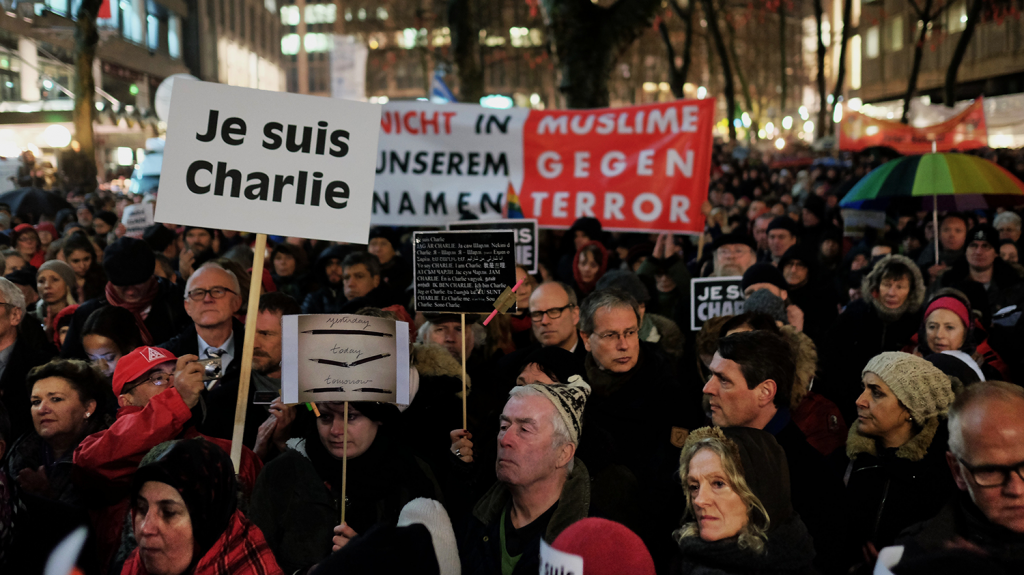At 11.30am today in 2015, two Algerian-French brothers, hooded and armed with rifles and submachine guns, stormed the offices of the satirical magazine Charlie Hebdo in Paris and murdered 12 people working there. The magazine regularly published articles and cartoons mocking Islam, Catholicism and Judaism, and the murders were framed by one of the attackers as retaliation for insulting the Prophet Muhammad: ‘If someone offends the Prophet then there is no problem, we can kill him.’ Those who died included cartoonists, columnists and editors, the office caretaker, two police officers and a visiting travel writer. Four days later, some 2 million people marched in Paris, many carrying signs saying, ‘Je suis Charlie’.
‘Muhammad isn’t sacred to me. I don’t blame Muslims for not laughing at our drawings. I live under French law. I don’t live under Quranic law.’ Charb, editor of Charlie Hebdo, 2012
The hymn Morning Has Broken was released as a pop single today in 1972, and went to No. 6 in the US Billboard charts. Sung by the musician Cat Stevens, with a piano arrangement composed and played by Rick Wakeman, the hymn was originally written in the 1930s by children’s author Eleanor Farjeon. It followed the success of the hymn ‘Amazing Grace’, which had similarly reinvented itself as a pop hit two years earlier.
Today in the year 367, Athanasius, Bishop of Alexandria, became the first person to put together a definitive list of the 27 books of the New Testament exactly as we know it today. He included the Book of Revelation, which some previous lists had left out, and excluded the Books of 1 and 2 Clement, which some had included. Athanasius commended the 27 books as divinely inspired scripture in his annual Easter letter, which he wrote to his priests and monks. His list is regarded as a milestone moment in the formation of the New Testament.
‘These are fountains of salvation, that they who thirst may be satisfied with the living words they contain. In these alone is proclaimed the doctrine of godliness. Let no man add to these, neither let him take anything from them.’ Athanasius, Easter letter, 367
Hannah Cohoon, the Shaker artist whose tree of life images are identified with the Shaker movement as a whole, died today in 1864 in the village of Hancock, Massachusetts. Cohoon was one of a number of women who made patterned drawings based on their mystical experiences during the Era of Manifestations, a Shaker revival, in the 1840s and 50s.
Pope Gregory XIII was born today in 1502, and was baptised with the name Ugo. He is best known for introducing the Gregorian Calendar (named after him), which is still used by most countries in the world today. It replaced the Julian Calendar (named after Julius Caesar), which by Gregory’s time was running 11 days slow after being in operation without any change of batteries for over 1,600 years.
Photo: Konrad Lembcke / CC BY-ND 2.0
